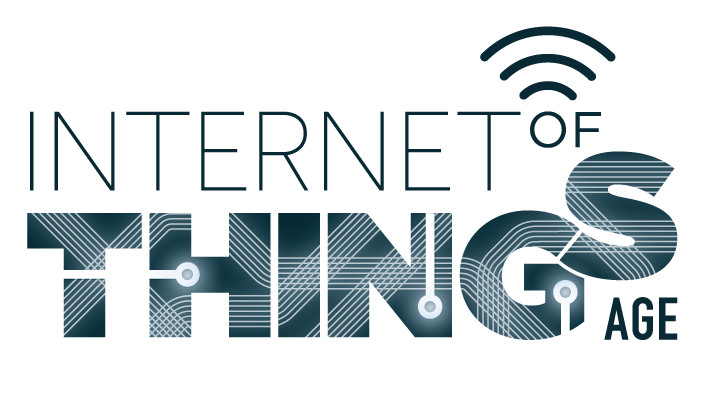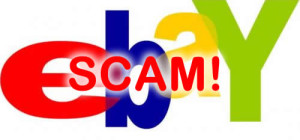 As technology improves and advances each year, homes are becoming filled with innovative products that change the way people live. Homeowners are embracing endless household products that make everyday tasks easier and more convenient From smart phones to home robotics, consumer electronics sales are booming.
As technology improves and advances each year, homes are becoming filled with innovative products that change the way people live. Homeowners are embracing endless household products that make everyday tasks easier and more convenient From smart phones to home robotics, consumer electronics sales are booming.
What is "The Internet of Things” Era?
The Internet of Things (IoT), is defined as a network of physical things or objects that are embedded with software or sensors that let them exchange data and communicate with their operator or other electronic devices. In short, objects can be remotely controlled through computer-based systems and interact with other systems within an integrated network infrastructure. The intent is to provide better efficiency, accuracy, convenience, and affordable prices for consumer products.
What to Expect for 2015
Over the last few years, we’ve seen an influx of innovative consumer products like smart phones, TVs, tablets and apps, as well as smart household appliances, lighting systems and security systems. In 2015, you can expect even more advances that will make your lifestyle simpler. Look for smart refrigerators with digital grocery lists, ovens with temperatures that adjust through your smart phone, talking security systems, and household robots to help you with chores. The Internet of Things Era is the next Industrial Revolution where almost any object can be Wi-Fi enabled.
Consumers seem to be most interested in smart home features that save energy and add additional protection to home safety. Based on market studies and consumer sales, here’s how those figures break down in consumer demands for smart home features:
* Self-adjusting thermostats - 72 percent
* Remote security locks for doors and windows - 71 percent
* Master remote control for all household smart features - 68 percent
* Home monitoring cameras - 65 percent
* Automatic adjustable outdoor lighting - 65 percent
* Remotely controlled entertainment systems - 45 percent
Age also seems to be a factor in the Internet of Things smart home technology. While consumers aged 55 and over showed more interest in smart home features that save money, younger consumers aged 25-35 showed more excitement about increased productivity and convenient features that create a better work-life balance. Both groups said they would sleep better each night if their parents and grandparents had smart home technology.
Today, it’s estimated that every consumer connects to an average of at least two electronic devices. With the Internet of Things revolution and advanced technology, it’s estimated that the average family home may contain as many as 500 smart devices by 2022.







